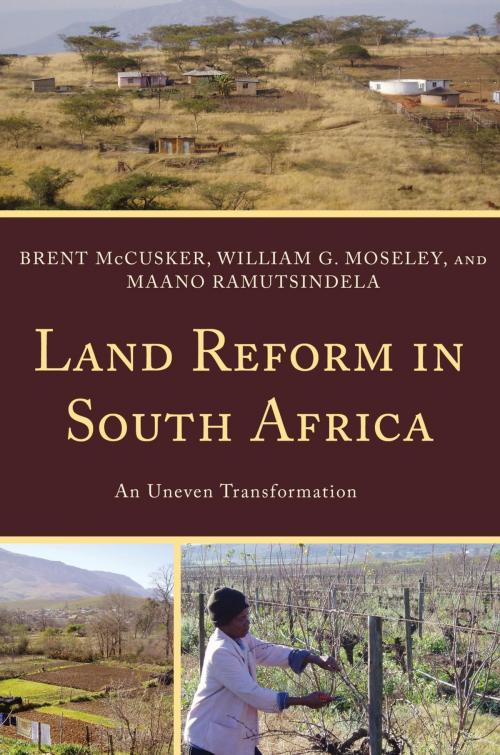Land Reform in South Africa
An Uneven Transformation
Nonfiction, Science & Nature, Science, Earth Sciences, Geography, Social & Cultural Studies, Political Science, International, Government| Author: | Brent McCusker, William G. Moseley, Maano Ramutsindela | ISBN: | 9781442207189 |
| Publisher: | Rowman & Littlefield Publishers | Publication: | November 5, 2015 |
| Imprint: | Rowman & Littlefield Publishers | Language: | English |
| Author: | Brent McCusker, William G. Moseley, Maano Ramutsindela |
| ISBN: | 9781442207189 |
| Publisher: | Rowman & Littlefield Publishers |
| Publication: | November 5, 2015 |
| Imprint: | Rowman & Littlefield Publishers |
| Language: | English |
This thoughtful book explores the history and ongoing dilemmas of land use and land reform in South Africa. Including both theoretical and applied examples of the evolution of South Africa’s current geography of land use, the authors provide a succinct overview of land reform and evaluate the range of policies conceived over time to redress the country’s stark racial land imbalance. Drawing on compelling case studies from across South Africa, they illustrate not only the progress of land reform, but also how reforms fit within the larger historical context of racialized land use. This is the first book of its kind to fully apply geographical theory to the case of South African land reform. Rather than rely on one-dimensional technicist explanations to discuss the shortcomings of the country’s land reform program, this rich study places it in the context of bitter battles between groups seeking to exploit land policies for their own benefit.
This thoughtful book explores the history and ongoing dilemmas of land use and land reform in South Africa. Including both theoretical and applied examples of the evolution of South Africa’s current geography of land use, the authors provide a succinct overview of land reform and evaluate the range of policies conceived over time to redress the country’s stark racial land imbalance. Drawing on compelling case studies from across South Africa, they illustrate not only the progress of land reform, but also how reforms fit within the larger historical context of racialized land use. This is the first book of its kind to fully apply geographical theory to the case of South African land reform. Rather than rely on one-dimensional technicist explanations to discuss the shortcomings of the country’s land reform program, this rich study places it in the context of bitter battles between groups seeking to exploit land policies for their own benefit.















